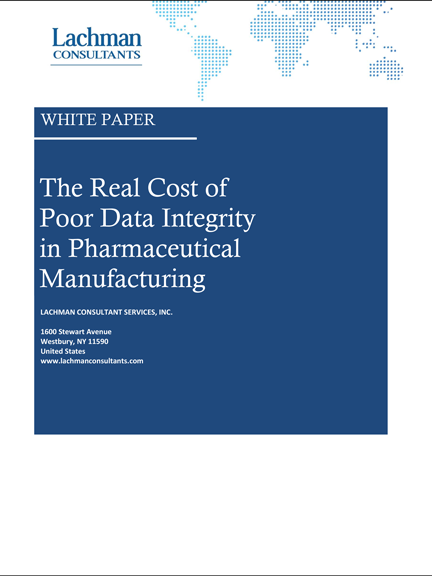Well, another full FY has come and gone and OGD has posted the rest of its FY statistics. Let’s take a look at how this full second year of GDUFA II stacks up with the first year of GDUFA II and journey back a bit to GDUFA I for certain metrics to see what we can see.
We know that OGD broke the all GDUFA approvals record, with 935 full and 236 tentative approval actions in FY 2019 (see previous post here). The previous record for full approval actions and tentative approvals was achieved last year, with 731 and 190, respectively.
When we look at records being broken, we are usually looking for the highest number, but in the case of refuse-to-receive (RTR) actions, the lower the number the better. Guess what? Yes, OGD issued the fewest number of RTR actions in FY 2019 than any other GDUFA year; only 52, a remarkable decrease from the previous low of 127 in FY 2018 (the high was in FY 246 in FY 2016). Congrats to industry for apparently improving the quality of their ANDA submissions.
Withdrawal of ANDAs (approved and pending) dropped to 388 in FY 2019 down from the record 606 in FY 2018, which was when firms began really thinking about the impact on the new program fee (which was tied to in most part to the number of ANDAs they held). Of the remaining 5 previous FYs, they showed a range from 107 withdrawals in FY ‘13 to 248 in FY ‘16.
OGD acknowledged only 913 ANDAs as opposed to the 1054 it acknowledged in FY 2018. This is most definitely because they received a fewer number of ANDAs in FY 2019 than in FY 2018 (909 v 1044).
First cycle ANDA approval actions for FY 2019 was 15.7%, and, for tentative approval actions, finished at 12.7%. It is difficult to report an accurate first cycle approval percentage since there may be multiple approval or tentative actions for the same ANDA, but we derived these percentages from the raw data in the Activities Report of the Generic Drugs Program (FY 2019) Monthly Performance (here).
In FY 2019, OGD issued 2310 complete response letters (CRLs) down from the 2648 they issued in FY 2018. Discipline review letters (DRLs) were higher in FY 2019 at 2997 vs 2048 in FY 2018. On the other hand, information requests were lower in FY 2019 at 4162 vs 4452 in FY 2018. Not sure what to really make of this but it could explain a higher number of approval actions as OGD may have exceeded the GDUFA goal dates to drive some ANDAs to approval.
There were a total of 2310 amendments to ANDAs with the breakdown of 1189 major vs 1086 minor and 35 unsolicited amendments submitted. Pre-submission facility correspondence was lower in FY 2019 at 51 vs 67 submitted in FY 2018 the first year of the program.
There was a significant increase in the number of changes being effected (CBE) supplements submitted in FY 2019 (8017) vs FY 2018 (6488). Prior approval supplements declined in FY 2019 from 889 vs 1103 in FY 2018, which is not thought to be a very significant difference.
DMF reviews were pretty consistent in FY 2019 from FY 2018 (650 v 683). This is a trend that has been generally downward since the start of GDUFA, as fewer new DMFs are available for review after the initial onslaught in the first iteration of GDUFA.
Controlled correspondences (CCs) have increased every year since the inception of GDUFA, starting at 953 in FY 2013 and escalating to 3206 in FY 2019. The biggest single year jump was seen in FY 2017 (2667 CCs), when there was an absolute increase of 784 CCs from FY 2016 (1883 CCs). It seems that industry has a lot of questions, and firms appear to be taking advantage of the 60-review clock on controlled correspondences that went into effect for GDUFA II.
These are the highlights, but you can do your own digging and draw your own conclusions by reviewing the Activities Report of the Generic Drugs Program Monthly Performance for each FY on the FDA website. Happy digging, but don’t bury yourselves too deeply!




